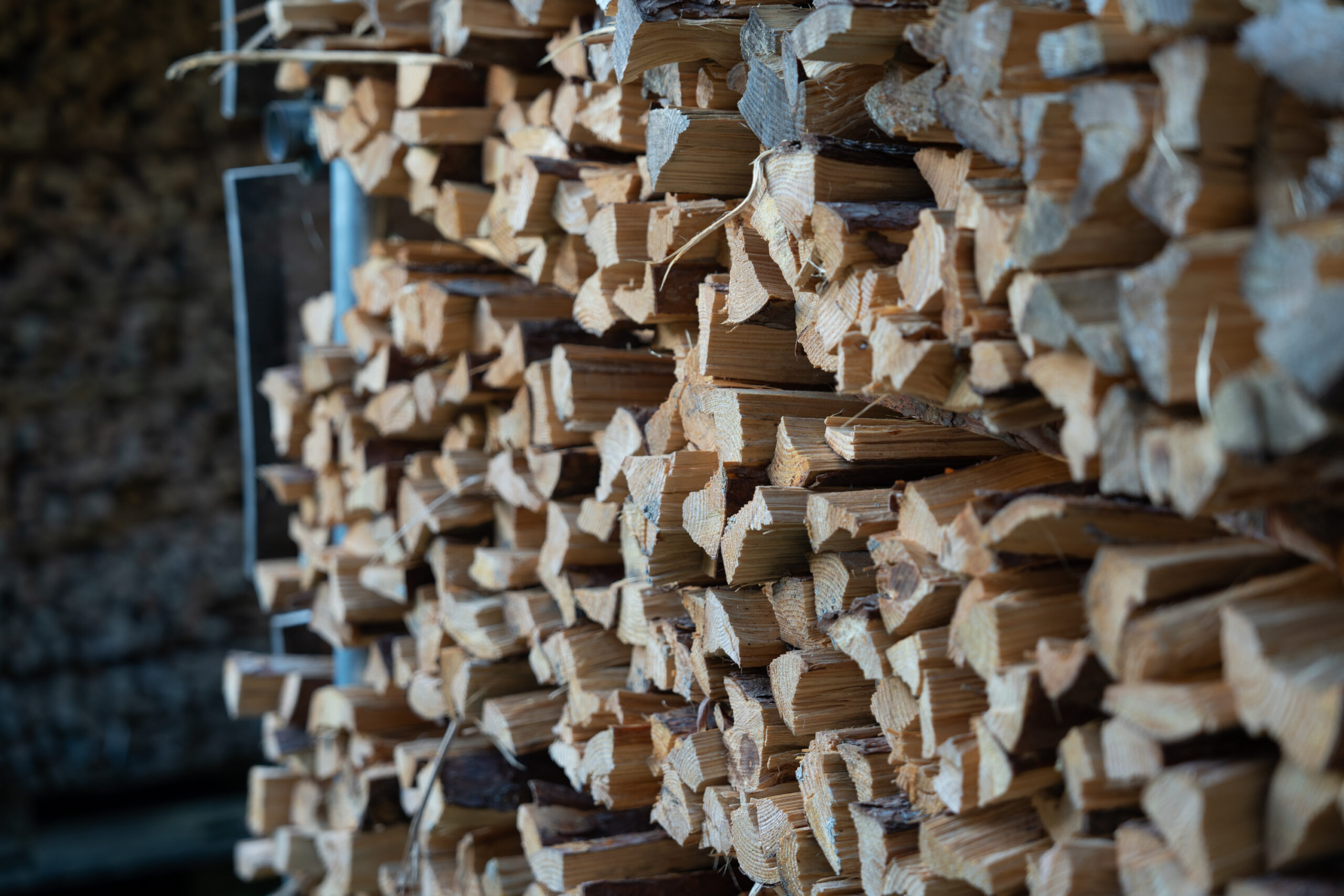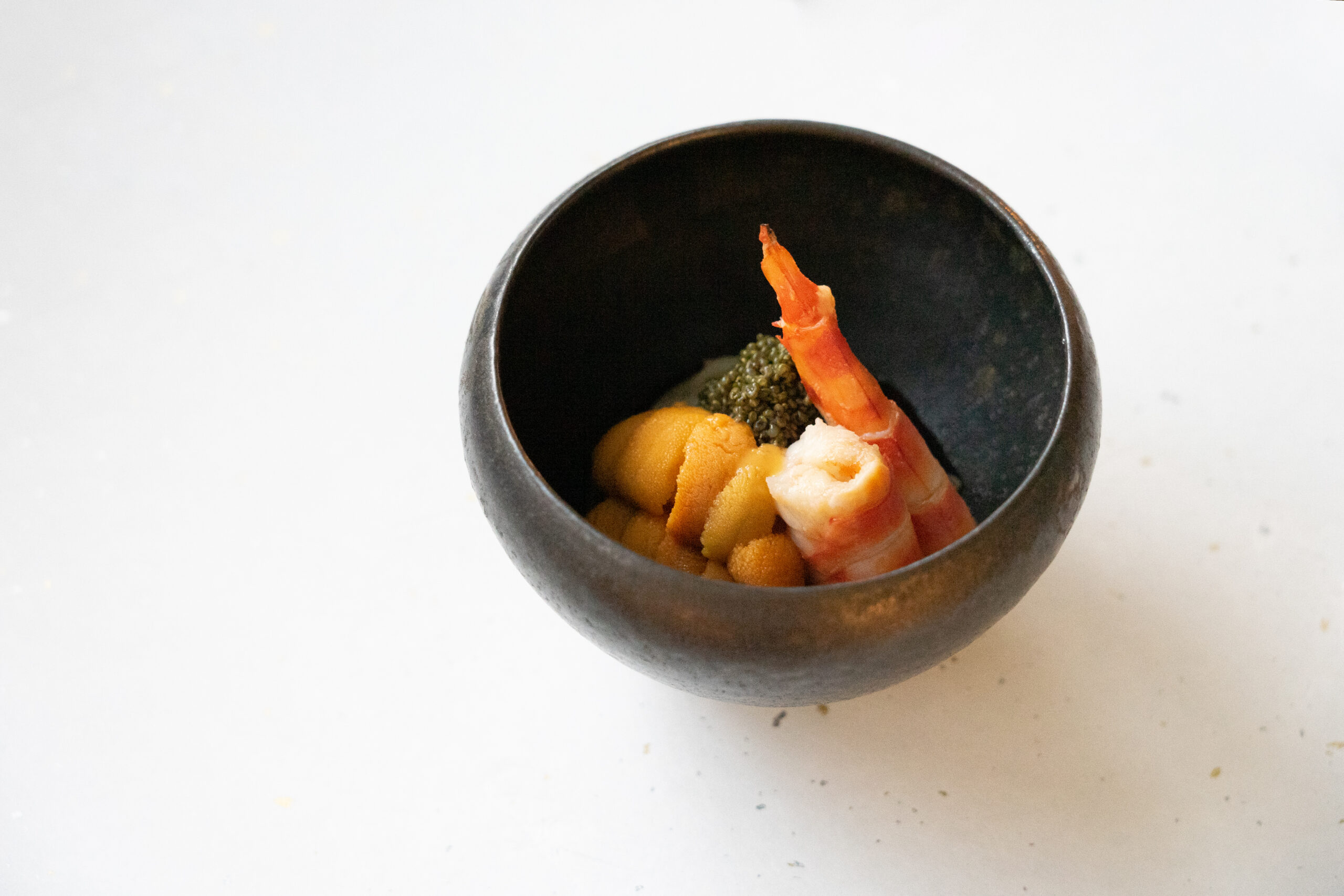Why are matcha-wan, or tea bowls, so expensive? Especially outside Japan, we are often asked about the price difference between matcha bowls and similarly-shaped rice bowls. Indeed even in Japan, the word “cha-wan” generally refers to a rice bowl. In the world of crafts and tea, however, as the name suggests (“cha” means “tea” and “wan” means “bowl” in Japanese), a cha-wan is a bowl used for drinking matcha (finely ground powder of specially grown young green tea leaves), and as such is recognized as having special value.
First of all, let me clarify that not all matcha bowls are expensive by any means; there are also many inexpensive versions. The question of what influences the price of a matcha bowl is related to whether or not it has an aesthetic value worthy of appreciation. Take an expensive matcha bowl in your hand and look at it from all sides. You will notice many differences between it and an ordinary rice bowl, not only in its visual beauty, but also in its texture and weight. It can be said that the cha-wan that stimulates people’s sense of beauty has artistic value. Therefore, I think that aesthetic value is why they are more expensive than everyday rice bowls.
However, this sense of beauty is greatly influenced by the time period, culture, and environment that the piece was created in. In the past, people would bring various vessels fired in the Korean peninsula back to Japan and use them as tea bowls for the tea ceremony. From this perspective, it may be safe to say that its beauty is found by the user, rather than lying in the work itself – its beauty is indeed in the eye of the beholder. Herein lies the attraction of the tea bowl.
The value of art, even beyond tea bowls, is not determined by the creator, but by the receiver, or viewer. Music and novels are not expensive simply because they are labelled as masterpieces; a historical painting is just a painting to those who are not moved by it. However, many paintings and sculptures are one-of-a-kind, and their sometimes sky-high prices can reflect this rarity. It is not unusual for them to be auctioned off, and they do not appear on the market at a price set by the artist. The same is true for tea bowls. The price of a mass-produced tea bowl is not so high, but the price of a popular artist’s tea bowl, which is the only one of its kind in all the world, tends to be high due to unpredictable changes in the kiln and other factors that make the final product unique. For example, the works of an artist who is trying to reproduce “Yohen Tenmoku,” declared a national treasure of Japan, are considered to be of high value if the work is of good quality, because of the difficulty of achieving the same expression.
Although there are many ways to appreciate the beauty of a tea bowl, I personally think that the beauty that is created by the application of man’s handiwork to natural materials, as well as the coincidences stemming from kiln variations and the like, is what makes it so attractive. When I talk to cha-wan artisans, I notice that many of them have an attachment to nature and try to create things that are in harmony with nature rather than just expressing themselves. There are so many artisans who think that the bowl created in front of their eyes is made “half by me and half by nature”. There is a lot to learn from the perspective of such artisans.
I also feel that a tea bowl is like a three-dimensional painting. Just as when I stand in front of a beautiful painting I sometimes feel like gazing at it for hours, in the same way I feel like a good tea bowl makes me want to continue touching it for a long time. Of course, a tea bowl is a tool used for tea, but its appearance is somewhat delicate and I have the impression that it is not complete in itself. I may even say that it is a beauty that grows as one looks at it, touches it and uses it. When I look at and touch such a work of art, I feel as if my heart is reflected in the space and is seen through it. The tea bowl you see today is different from the one you will see tomorrow. The tea bowl thus has an aspect like a mirror.
More than four hundred years have passed since Sen no Rikyu enshrined the tea ceremony in Japanese art and life, but the tea bowl still continues to have a unique presence both in Japan and abroad as a craftwork that deeply reflects the Japanese aesthetic sense. I hope that those who step into the world of kogei will come across a wonderful tea bowl that reflects their own hearts. This is my modest wish as a founder of a craft gallery dedicated to introducing such beauties to the wider world.
Text: Yusuke Shibata (HULS GALLERY)



